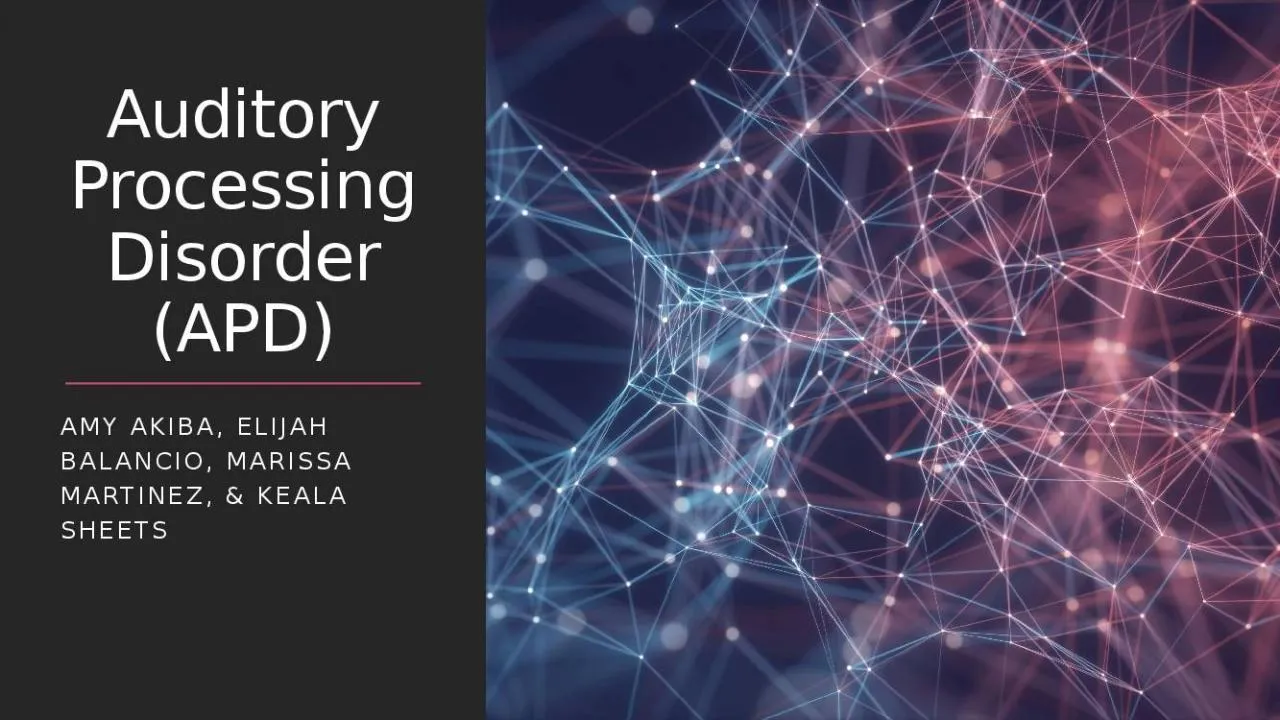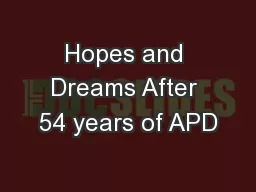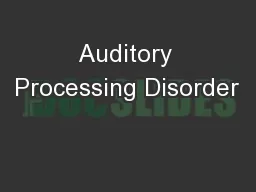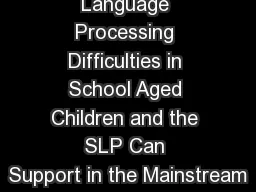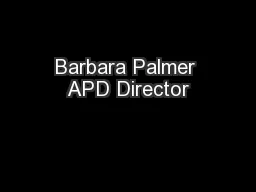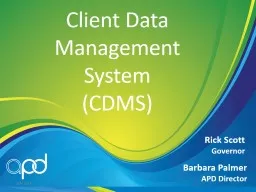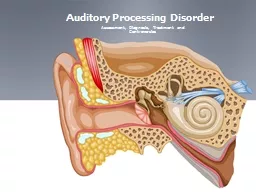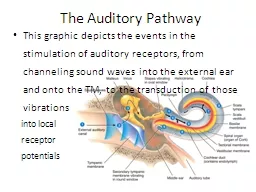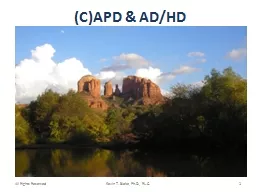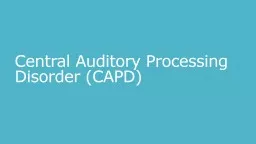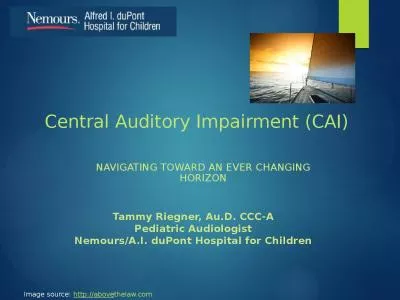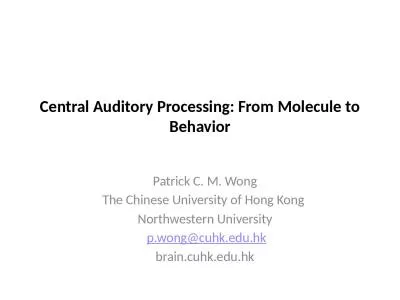PPT-Auditory Processing Disorder (APD)
Author : candy | Published Date : 2022-02-16
Amy Akiba Elijah Balancio Marissa Martinez amp Keala Sheets What is APD History Helmer Mykleburst 1954 was the first to note the symptoms of APD He was the first
Presentation Embed Code
Download Presentation
Download Presentation The PPT/PDF document "Auditory Processing Disorder (APD)" is the property of its rightful owner. Permission is granted to download and print the materials on this website for personal, non-commercial use only, and to display it on your personal computer provided you do not modify the materials and that you retain all copyright notices contained in the materials. By downloading content from our website, you accept the terms of this agreement.
Auditory Processing Disorder (APD): Transcript
Download Rules Of Document
"Auditory Processing Disorder (APD)"The content belongs to its owner. You may download and print it for personal use, without modification, and keep all copyright notices. By downloading, you agree to these terms.
Related Documents

